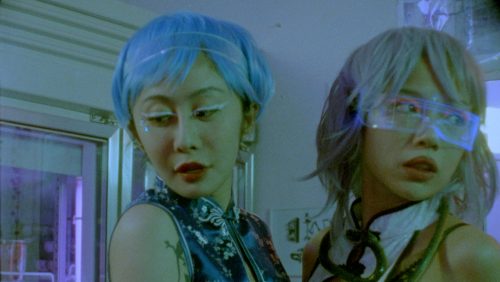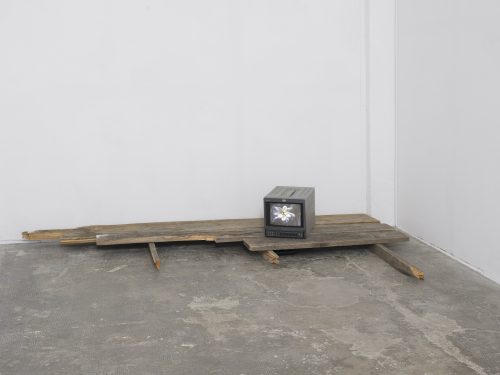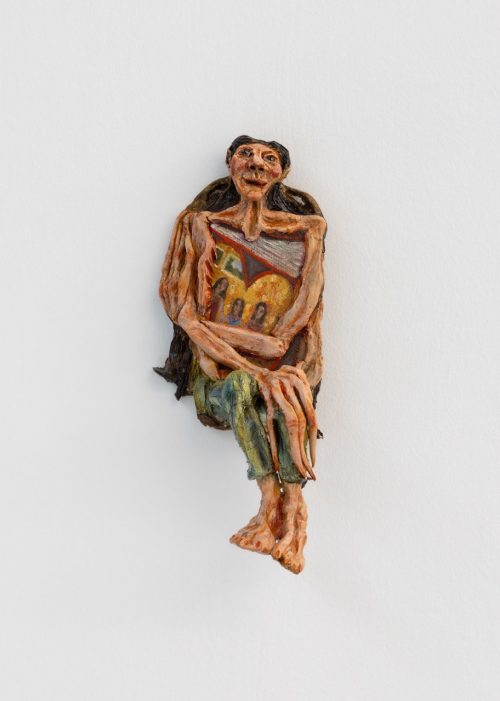
Matija Skurjeni
Exhibition 02

Courtesy Sammlung Zander, photo by Johannes Post
Advertisement

Courtesy Sammlung Zander, photo by Johannes Post

Courtesy Sammlung Zander, photo by Johannes Post

Courtesy Sammlung Zander, photo by Johannes Post

Courtesy Sammlung Zander, photo by Johannes Post
Matija Skurjeni is born in Veternica, a village in Croatia, in 1898. He takes a job with the railways at a young age; with interruptions, he will work there until his retirement. He starts making art in the early 1920s. In 1945, he and other workers and clerks of the railway company meet in Zagreb to found their own art and culture club, Vinko Jeđut.
Skurjeni attends the evening painting classes offered by the club, whose formal structure and contents resemble those of the instruction at art academies, and immerses himself in the technical and aesthetic foundations of his métier. His early works accordingly reflect the influence of academic and socialist realism, then the dominant styles in Yugoslavia. Having retired in 1956, he dedicates himself entirely to his painting. Over the next twenty years, he creates an imposing and distinctive oeuvre that resists the influences of both socialist aesthetics and the art dominant in the U.S. and Western Europe, while grappling with the questions they raise.
His compositions present views of a phantasmagoric reality that transcends the purely physical world. Surreal landscapes — mountains, forests, bodies of water, architectonic structures — form the settings in which Skurjeni shows humans, animals, and mythical creatures in interaction. His works address events in politics, society, and culture; he references personal experiences and works through his dream visions.
His engagement with the imaginary and subconscious evinces parallels with the ideas of the Surrealists. Like the Surrealists, Skurjeni does not acknowledge an objectively given external reality. What matters instead is the oneiric, absurd, and fantastic. The artist makes a careful study of the avant-garde and the Surrealists in Paris. Starting in 1959, the Croatian writer Radovan Ivšić, who lives in Paris, brings Skurjeni in contact with André Breton and artists and intellectuals like Toyen, José Pierre, Mimi Parent, and Jean Benoît. Breton, who greatly admires Skurjeni, publishes reproductions of his works in the journals Phases and La Brèche. In 1962, Ivšić organizes an exhibition at Galerie Mona Lisa, Paris, that presents an overview of Skurjeni’s oeuvre. Breton comes to see the show and calls the works “enchanted.” One of the paintings on display, Hula Hop (1959), enters his personal collection.
In 1963, Skurjeni paints the picture First Manifesto for André Breton. Reprising Max Ernst’s painting Au rendez-vous des amis (1922), it shows the Surrealist circle two years before publication of the Manifesto of Surrealism, illustrating how important the engagement with these artists and pioneering thinkers is for Skurjeni. In 1970, his The Acrobats (1961) appears side by side with works by artists including Giorgio de Chirico, Joan Miró, Meret Oppenheim, and Man Ray in the exhibition Surrealism? at the Moderna Museet, Stockholm, and three other venues in Sweden. The show gathers works by international artists who find inspiration in Surrealist thought.
Critics always also associate Skurjeni’s works with naïve art. His pictures are included in major group exhibitions surveying the creations of self-taught artists such as Die Kunst der Naiven, curated by Oto Bihalji-Merin, which is shown at the Haus der Kunst, Munich, and the Kunsthaus Zürich in 1974–75.
Charlotte Zander is introduced to Matija Skurjeni in the early 1960s and buys a first set of works by him. Over the years, she acquires additional paintings for her collection. Several pictures and drawings attest to the friendship between the collector and the artist, who records encounters and visits in works like Ms. Zander and Skurjeni in Heidelberg (1967), Skurjeni Travels to Heidelberg (1965), and My Experience, Weißbach, Odenwald (1965). In 1998, Charlotte Zander mounts a solo exhibition of his work at her museum at Schloss Bönnigheim and edits a comprehensive monograph. Vladimir Crnković contributes an essay in which he sums up: “… regardless of how and with what we may explain the alchemy of the imagination, whether we decide to categorize this painter as a naïve artist or a Surrealist (or both) — what is essential is that Matija Skurjeni is a great artist.”
An illness forces Skurjeni to give up painting in 1975. In 1984, he gives some of his works to the town of Zaprešić near Zagreb; they are now on view at the Matija Skurjeni Museum. Matija Skurjeni dies in Zaprešić on October 4, 1990. A substantial part of Skurjeni’s oeuvre is held by the Zander Collection.




